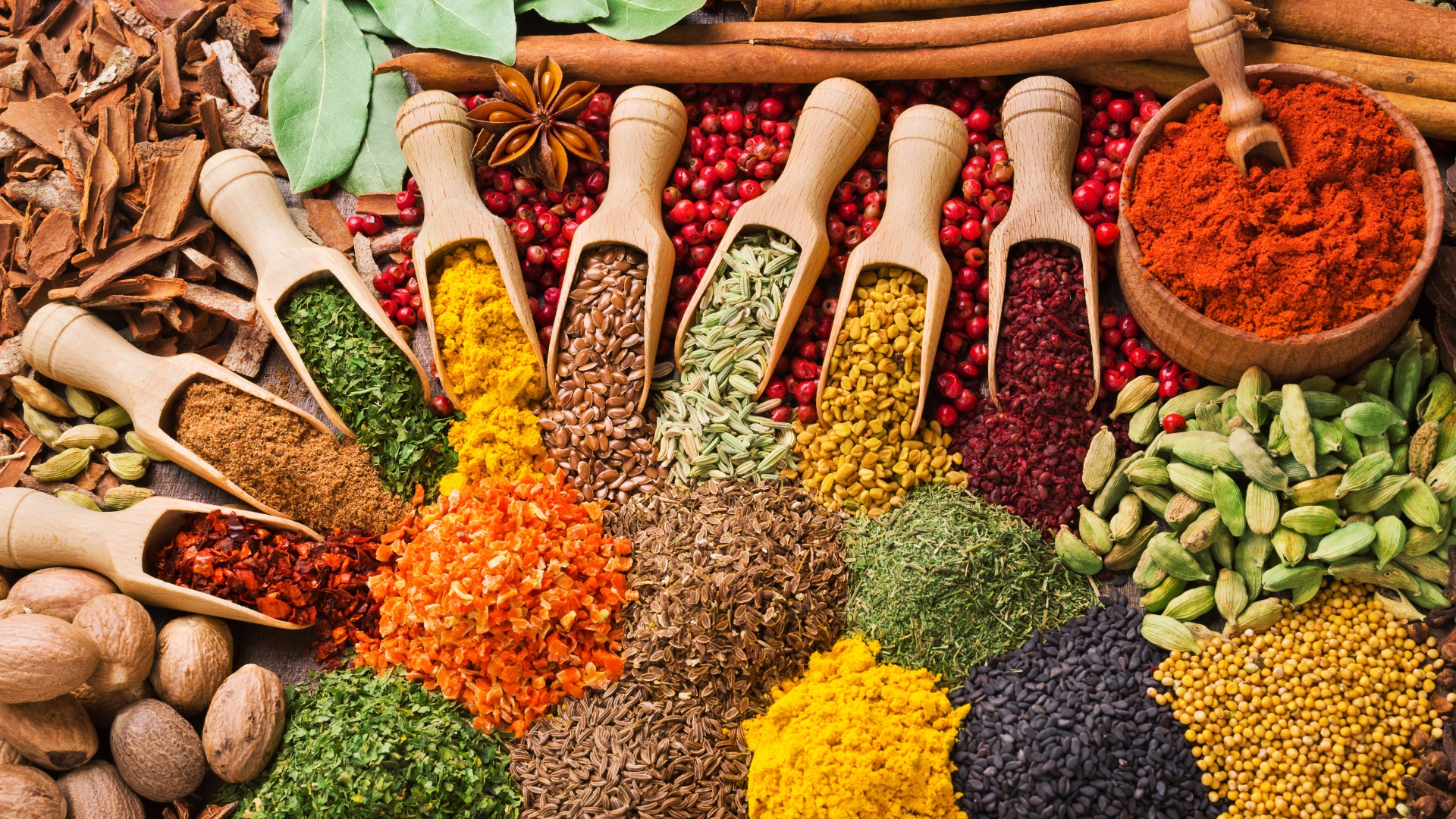
For centuries, spices have been more than just flavor-enhancers in kitchens across the world—they’ve been powerful tools in traditional medicine. One ancient spice, in particular, is now capturing the attention of modern researchers, doctors, and health enthusiasts alike. Whether added to food, brewed as tea, or taken as a supplement, this spice is making waves in both holistic and clinical health circles. Let’s explore why this age-old ingredient is creating such a buzz today.
Table of Contents
- A Brief History of the Spice
- Nutritional Profile: More Than Just Flavor
- Anti-Inflammatory Superpowers
- A Natural Ally for Gut Health
- Boosting Immunity and Fighting Infections
- Benefits for Brain Health
- Heart Health and Blood Sugar Control
- Skin and Beauty Benefits
- Modern Scientific Research
- How to Add It to Your Daily Life
A Brief History of the Spice
Ancient civilizations valued spices not only for their taste but also for their healing powers. This spice was widely used in Ayurveda, Traditional Chinese Medicine (TCM), and Middle Eastern healing practices. Healers believed it could balance the body’s energy, strengthen immunity, and improve digestion. Over time, its medicinal reputation spread across continents, eventually becoming a staple in both cultural rituals and everyday remedies.
Nutritional Profile: More Than Just Flavor
Modern science has revealed that this spice is packed with bioactive compounds, antioxidants, and essential minerals. It contains natural compounds that fight free radicals, reduce inflammation, and support cellular health. These properties make it far more valuable than a simple seasoning—it’s essentially a natural pharmacy in your spice rack.
Anti-Inflammatory Superpowers
One of the biggest reasons this spice has gained attention is its anti-inflammatory effects. Chronic inflammation is linked to conditions like arthritis, diabetes, heart disease, and even cancer. The active compounds in this spice help lower inflammation markers in the body, offering natural relief without the harsh side effects of synthetic drugs.
A Natural Ally for Gut Health
Traditional healers often prescribed this spice for indigestion, bloating, and stomach pain. Today, researchers are confirming its ability to stimulate digestive enzymes, improve metabolism, and balance gut bacteria. A healthy gut is central to overall well-being, making this spice a valuable addition to daily diets.
Boosting Immunity and Fighting Infections
With its antibacterial, antiviral, and antifungal properties, this spice acts as a natural shield against infections. In ancient times, people used it to treat coughs, fevers, and wounds. Modern studies suggest it helps the immune system respond better to threats, making it a strong ally during flu season or times of stress.
Benefits for Brain Health
Neuroscientists are now exploring this spice for its role in improving memory and protecting brain cells. Early research indicates it may help prevent age-related cognitive decline, including Alzheimer’s and dementia. Its antioxidant compounds cross the blood-brain barrier, reducing oxidative stress and supporting long-term mental health.
Heart Health and Blood Sugar Control
This spice also shows promise in improving heart health. It helps regulate cholesterol levels, lowers high blood pressure, and prevents the buildup of arterial plaque. In addition, it stabilizes blood sugar by improving insulin sensitivity, which can be especially helpful for people managing diabetes.
Skin and Beauty Benefits
Beyond internal health, this spice is also celebrated for its effects on the skin. Its antibacterial and antioxidant properties make it effective against acne, scars, and early signs of aging. Many skincare products now feature extracts of this spice, proving how modern wellness brands are embracing ancient remedies.
Modern Scientific Research
What’s truly exciting is how modern science is validating ancient wisdom. Dozens of clinical studies are underway to test this spice’s effectiveness against chronic illnesses. While results are promising, scientists emphasize that it should complement—not replace—medical treatments. Still, its potential has sparked interest worldwide, leading to an explosion of supplements, teas, and extracts available in global markets.
How to Add It to Your Daily Life
Incorporating this spice into your routine is simple:
-
Add a pinch to soups, curries, or smoothies
-
Brew it into herbal teas
-
Mix it with honey or milk for a soothing tonic
-
Try capsules or standardized extracts for consistent doses
Always consult your doctor before starting supplements, especially if you’re pregnant, breastfeeding, or on prescription medications.
This ancient spice proves that old wisdom often holds modern relevance. From fighting inflammation and boosting immunity to protecting the heart and brain, its health benefits are hard to ignore. Modern medicine is only beginning to uncover what traditional healers have known for centuries: this spice is more than a kitchen staple—it’s a powerhouse of healing.
By blending history, culture, and science, we can see why this age-old remedy is creating such a buzz in today’s medical world. Adding it to your lifestyle could be one of the simplest yet most powerful health decisions you make.


